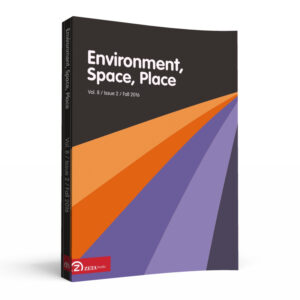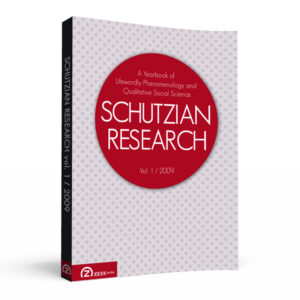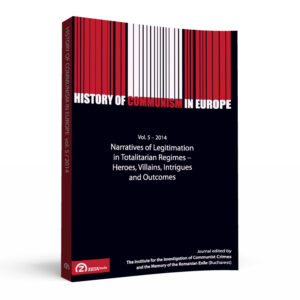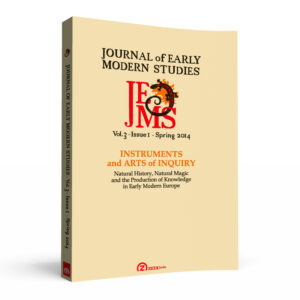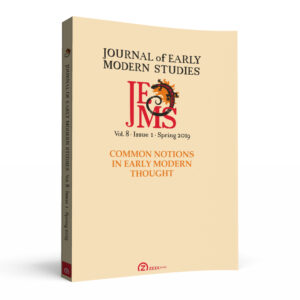CONTENTS
Richard SMITH: Multicultural Commemoration and West Indian Military Service in the First World War
- ABSTRACT: West Indian military service in the First World War is recalled in many settings. During the war race and class boundaries of colonial society was temporarily eroded by visions of imperial unity, but quickly by post-war assertions of imperial authority. However, recollections of wartime sacrifices were kept alive by Pan-African, ex-service and emerging nationalist groups before being incorporated into independent Caribbean national identity and migrant West Indian communities. During the centenary commemorations, West Indian participation has increasingly been mediated through literature, theatre and broadcasting. Spheres of conflict which provided more heroic visions, such as the Middle East or the Taranto mutiny, have acquired particular symbolic importance, contrasting with the more tragic representations of the war as a whole.
Robert HOWES: The Cultural Legacy of the First World War in Brazil: Roberto Simonsen and the Ideology of Development
- ABSTRACT: The article examines the impact of the First World War in Brazil through contemporary cartoons and press comment. It shows how the war disrupted trade and undermined the optimism of economic and political liberalism. The war dispelled the myth of the superiority of European civilisation, leading Brazilians to re-evaluate their own cultural heritage and their relationship with the outside world. The result was a critical nationalism concerned to identify the causes of Brazil’ problems and find new solutions to them. One solution, proposed by the industrialist Roberto Simonsen, was development based on industrialisation to combat underdevelopment. The article argues that the origins of this ideology lie not in the Great Depression of the 1930s but in the cultural legacy of the First World War.
Anna MENYHÉRT: The Image of the “Maimed Hungary” in 20th-Century Cultural Memory and the 21st Century Consequences of an Unresolved Collective Trauma: The Impact of the Treaty of Trianon
- ABSTRACT: The visual images, textual expressions, and rhetorical figures related to the image of the wounded, mutilated, and maimed country have become the cultural legacy of the Treaty of Trianon in Hungary, shaping collective identity. These representations have been influential in cultural memory throughout the 20th century until today in preventing Hungarian society from processing the collective trauma of Trianon. This process is linked to the present through many threads, among them the “Day of National Unity”, commemorating the signing of the Treaty of Trianon, introduced by the Hungarian government in 2010. As the well-known images of wounds and violent rhetoric have become available in the new media, by using them commemoration practices applied at schools may transmit the unresolved historical trauma yet again to the younger generations.
Ingo HEIDBRINK: Claiming Sovereignty Where There can be no Sovereignty–Antarctica
- ABSTRACT: According to the regulations of the Antarctic Treaty System (signed 1959 and entered into force 1961) all claims for sovereignty over certain parts of Antarctica are indefinitely suspended. Since the treaty went into effect Antarctica has become a space where the traditional concept of national sovereignty does not apply any longer but has been replaced by an international governance scheme. Nevertheless it can be easily observed that some nations are preparing themselves to substantiate possible future claims for national spaces in Antarctica and are engaging in a wide range of activities to support such future claims. The article describes and analyzes these activities as an Antarctic ‘thumb war’ on national claims in Antarctica and showcases how nations are using certain activities that might be considered as of low importance to prepare and substantiate potential future claims in a post Antarctic Treaty regime. While this thumb war is mainly occurring in the Antarctic Peninsula Region, it is also going on in an area where there are overlapping suspended but not abandoned national claims and where space is limited, at least in Antarctic terms. The article analyses what is required to claim potential future national sovereignty in an area where there can be no such sovereignty according to international treaties and how nations are positioning themselves for such claims with activities that need to be understand as borderline in the context of the current system of international treaties.
Stephen B. HATTON: Elemental Earth: Heidegger, Trakl, and German Poets: “Something Strange is the Soul on Earth”
- ABSTRACT Philosopher Martin Heidegger and German poets who evoke nature offer excellent introductions to elemental earth. Those poets privilege earth among the elements using their earthy language. Heidegger views earth as the hidden ground of things. The article approaches elemental earth through Heidegger’s analysis of what he views as Georg Trakl’s crucial line of poetry about earth: “something strange is the soul on earth.” Heidegger stresses the soul as the stranger. In contrast, this article argues that on the basis of a contextual analysis of Trakl’s poetry and some other German poetry, it is the earth that is strange. Forgotten earth is the background out of which and the foundation upon which things manifest themselves. Elemental earth makes possible human experience of space and place.
REVIEWS
- Andy OPEL: How to Let Go of the World and Love All the Things Climate Can’t Change Directed by Josh Fox
- Jennifer REEVE: Borderlands: Towards an Anthropology of the Cosmopolitan Condition. By Michel Agier. Translated by David Fernbach.


